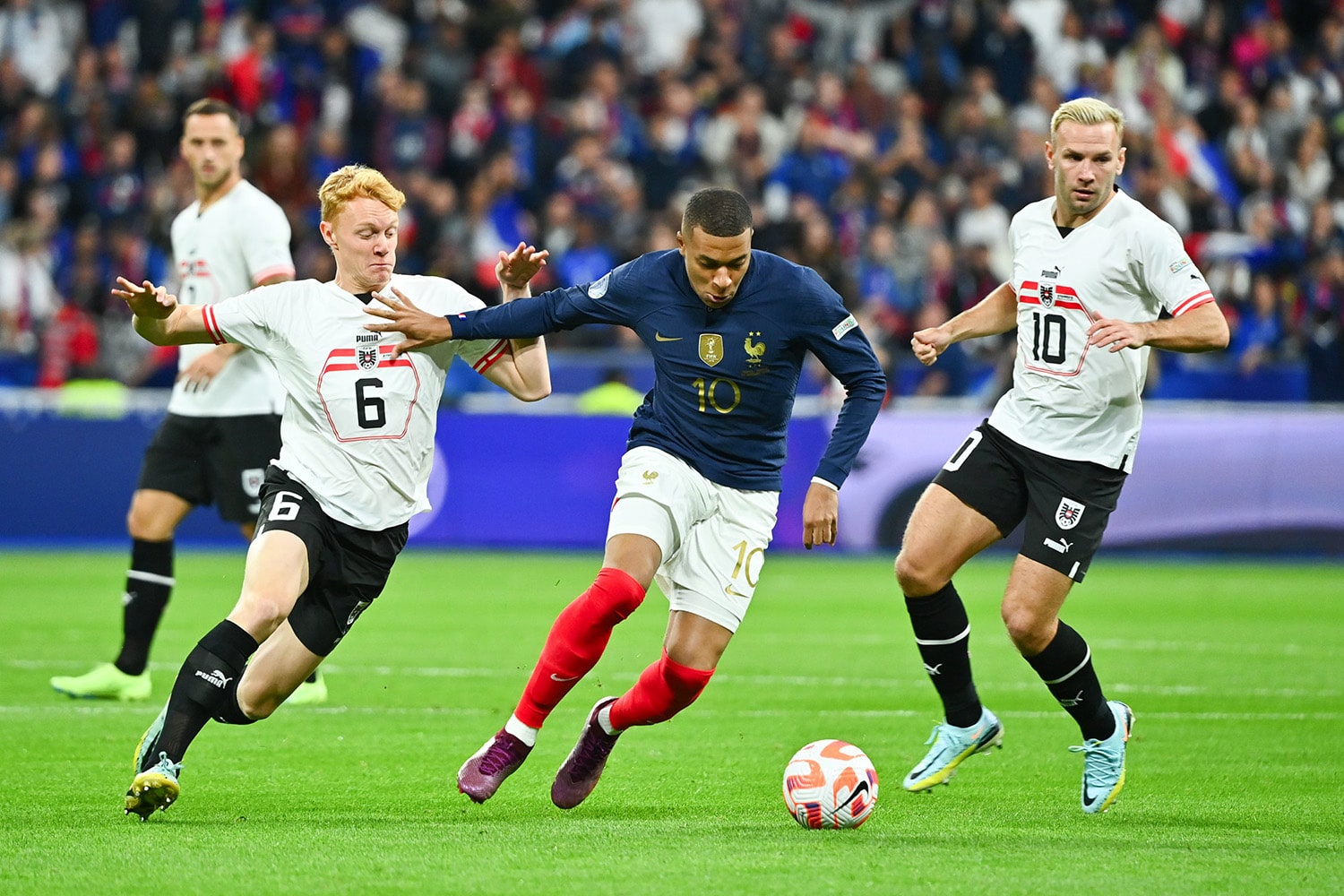
The Roar Returns: Explaining the Complex and Triumphant Return of Fans to Stadiums
The collective gasp, the roar of the crowd, the wave of shared emotion – these were the quintessential elements of live sporting events that vanished almost overnight in early 2020. As the COVID-19 pandemic swept across the globe, stadiums, arenas, and sporting venues fell eerily silent, transformed into ghostly monuments to a vibrant past. For months, professional sports continued in sanitized bubbles, in front of empty seats, with artificial crowd noise piped in, a stark reminder of what was missing. The absence of fans was not merely an aesthetic void; it represented a fundamental loss of atmosphere, financial stability, and the very soul of the game.
But humanity is resilient, and the desire for communal experiences, especially through sport, is deeply ingrained. What began as a cautious trickle of pilot programs evolved into a phased return, culminating in the joyous resurgence of packed houses around the world. This article delves into the intricate journey of how fans returned to stadiums, examining the multifaceted challenges, the innovative solutions, the varying global approaches, and the profound impact of this triumphant comeback.
The Unbearable Silence: What Was Lost
The immediate impact of fan absence was palpable. For players, the lack of a home crowd meant losing the "12th man" – the energy, the intimidation, the psychological boost that can genuinely influence performance. Goal celebrations felt muted, and the intensity of crucial moments seemed diminished without the visceral reactions of thousands. Coaches spoke of the difficulty in motivating players without that external stimulus, and the strategic advantages of home support simply disappeared.
Beyond the field, the economic ramifications were devastating. Ticket sales, concessions, merchandise, parking, and hospitality suites represent a significant portion of revenue for clubs and leagues. Without these income streams, many organizations faced unprecedented financial strain, leading to salary cuts, layoffs, and even the threat of bankruptcy for smaller clubs. Local businesses surrounding stadiums – pubs, restaurants, hotels – also suffered immensely, highlighting the intricate ecosystem that live sports supports. The pandemic stripped away not just the spectacle, but a vital economic engine and a cornerstone of community identity.
The First Whispers: Pilot Programs and Cautious Beginnings
The yearning for the return of fans was universal, but the path back was anything but simple. Governments, health authorities, and sports organizations had to navigate a complex landscape of public health concerns, logistical nightmares, and legal frameworks. The initial steps were tentative, marked by small-scale pilot programs designed to test the feasibility of safe attendance.
One of the earliest and most closely watched examples was in Germany’s Bundesliga. After resuming play behind closed doors, a limited number of fans were allowed back for specific matches in late 2020, often with capacities capped at 10-20%. These initial trials were crucial for gathering data on everything from staggered entry and exit procedures to the effectiveness of mask mandates and social distancing within seating arrangements.
Similarly, the UK introduced a series of "test events" across various sports, including football, rugby, and snooker. These events, often with capacities of a few hundred or a few thousand, served as vital learning opportunities. They allowed organizers to refine protocols for sanitization, crowd flow management, temperature checks, and the use of digital ticketing for contact tracing. These early experiments, though small in scale, provided the blueprints for broader re-openings.
Navigating the Minefield: Challenges and Protocols
The return of fans was not a flip of a switch; it was a carefully orchestrated process built on layers of mitigation strategies. Several key challenges had to be addressed:
- Health & Safety Protocols: This was paramount. Mandates for face coverings, readily available hand sanitizing stations, and enhanced cleaning regimes became standard. Social distancing measures, often implemented through checkerboard seating arrangements, reduced capacity significantly but provided a perceived level of safety.
- Testing and Vaccination Status: As vaccines became available, a new layer of complexity emerged. Many countries and leagues implemented "vaccine passports" or required proof of a negative COVID-19 test for entry. This required robust digital infrastructure for verification and trained staff to manage the entry process efficiently. Debates over personal liberty versus public health became central to these policies.
- Logistical Overhaul: Managing tens of thousands of people safely required a complete rethinking of stadium logistics. Staggered entry times, one-way systems within concourses, designated entry gates, and controlled exit procedures became commonplace. Cashless payments were heavily encouraged or mandated to reduce physical contact, accelerating a trend already in motion.
- Digital Transformation: The pandemic significantly accelerated the adoption of digital technologies in sports. E-ticketing became universal, not just for convenience but for contact tracing purposes. Many venues introduced app-based food and beverage ordering to minimize queues and congregation points. Some even experimented with real-time crowd density monitoring systems.
- Public Perception and Confidence: Beyond the practicalities, convincing the public that it was safe to return was crucial. Transparent communication from clubs, leagues, and health authorities, coupled with visible safety measures, helped rebuild confidence. The sight of other fans enjoying events without incident was perhaps the most powerful reassurance.
A Phased Resurgence: The Gradual Unfolding
The return was rarely a single event but a gradual, phased resurgence, often dictated by regional infection rates and government guidelines.
- Phase 1: Limited Capacity: Initially, capacities were severely restricted, sometimes as low as 5-10%, primarily for season ticket holders or specific fan groups. This allowed venues to test protocols with manageable numbers.
- Phase 2: Increased Capacity with Restrictions: As conditions improved, capacities slowly increased to 25%, 50%, or even 75%. Mask mandates and social distancing often remained in place, and proof of vaccination or negative tests became more common.
- Phase 3: Full Capacity with or without Minor Restrictions: Eventually, many venues were able to welcome back full houses. While some initial restrictions (like mask-wearing in certain areas) might have lingered, the overall experience began to resemble pre-pandemic norms. This phase was often linked to high vaccination rates in the local population.
This phased approach allowed for flexibility, enabling quick adjustments if infection rates spiked or new variants emerged. It was a dynamic process, requiring constant monitoring and adaptation.
The Ripple Effect: Impact on Sports and Beyond
The return of fans injected a much-needed shot of adrenaline into the sports world, with profound effects:
- Financial Lifeline: The most immediate and tangible benefit was the restoration of critical revenue streams. Clubs could once again rely on matchday income, easing financial pressures and allowing for renewed investment in players, facilities, and youth development. This stability also benefited broadcasting deals and sponsorship agreements, which are often tied to the live atmosphere.
- Player Performance and Morale: The difference in player performance with fans present was undeniable. Home advantage, which had largely disappeared during the "behind closed doors" era, returned with a vengeance. Players spoke emotionally about the boost they received from the crowd’s energy, transforming sterile environments back into vibrant cauldrons of passion.
- Renewed Community and Identity: For many, attending a live game is a ritual, a social occasion that fosters a sense of belonging. The return of fans meant the re-establishment of these vital community ties. It was an emotional reunion for fan groups, families, and friends who shared a common passion. The stadium once again became a focal point for collective identity and celebration.
- Boost to Local Economies: Beyond the clubs themselves, the return of fans revitalized the local economies surrounding sporting venues. Pubs, restaurants, hotels, and transport networks saw a significant increase in activity, bringing much-needed relief to businesses that had struggled immensely.
The Fan Experience Reimagined: More Than Just a Seat
While the core joy of attending a game remained, the fan experience itself underwent subtle but significant shifts. Many fans reported a heightened sense of appreciation for the privilege of being there, having experienced its absence. There was a greater awareness of personal space and hygiene, and the adoption of digital tools often streamlined processes like entry and ordering food, making the overall experience more efficient.
The pandemic also highlighted the enduring value of live sport in an increasingly digital world. While broadcasting technology improved during the fan-less period, it underscored that no screen can truly replicate the multisensory immersion of being in a stadium, feeling the bass of the crowd, smelling the concession stands, and witnessing the drama unfold just feet away.
A Global Tapestry: Diverse Approaches
It’s important to note that the return of fans was not uniform globally. Different countries adopted varied approaches based on their epidemiological situations, government policies, cultural norms, and public health infrastructure.
- Asia: Countries like South Korea and Japan often implemented stricter, more controlled re-entry protocols, often with mandatory mask-wearing, temperature checks, and extensive contact tracing, even as capacities increased.
- Europe: Approaches varied widely. The UK, for instance, moved relatively quickly to full capacity once vaccine rollout was robust, while some other European nations maintained stricter health pass requirements for longer.
- North America: The US saw a more decentralized approach, with states and even individual teams having significant autonomy over fan attendance policies, leading to a patchwork of rules across different leagues and venues.
These diverse approaches demonstrated both the challenges and the possibilities of adapting to a global health crisis while trying to restore a vital cultural and economic activity.
Lessons Learned and a Glimpse into the Future
The journey of bringing fans back to stadiums was a testament to human ingenuity, resilience, and the sheer power of collective passion. Several key lessons emerged:
- Adaptability is Key: Sports organizations demonstrated remarkable flexibility in adapting to rapidly changing circumstances and health guidelines.
- The Value of Collaboration: Close cooperation between sports bodies, governments, health authorities, and fan groups was essential for successful re-openings.
- Accelerated Digital Transformation: The pandemic forced an accelerated adoption of digital solutions that will likely remain, enhancing efficiency and the fan experience.
- The Enduring Power of Live Events: The period of absence underscored just how vital live sporting events are, not just as entertainment but as cultural touchstones, economic drivers, and communal experiences.
Looking ahead, the "new normal" for stadium attendance might include a continued emphasis on hygiene, potentially more seamless digital integration, and a greater awareness of public health protocols. While the immediate crisis has receded, the lessons learned from the fan-less era and the triumphant return will undoubtedly shape how live events are managed for years to come.
Conclusion
The silence was deafening, the absence profound. But the sound of the crowd, the true heartbeat of sport, has returned. The journey back to packed stadiums was a complex, arduous, and collaborative effort, fraught with challenges but ultimately driven by an unyielding desire for shared experience. It was a testament to the resilience of the sports industry and the unwavering passion of its fans. The roar is back, loud and clear, reminding us of the enduring power of live sport to unite, to thrill, and to connect us in moments of collective joy and despair. It is a symbol of recovery, a celebration of community, and a powerful affirmation that some things are simply meant to be experienced together.



